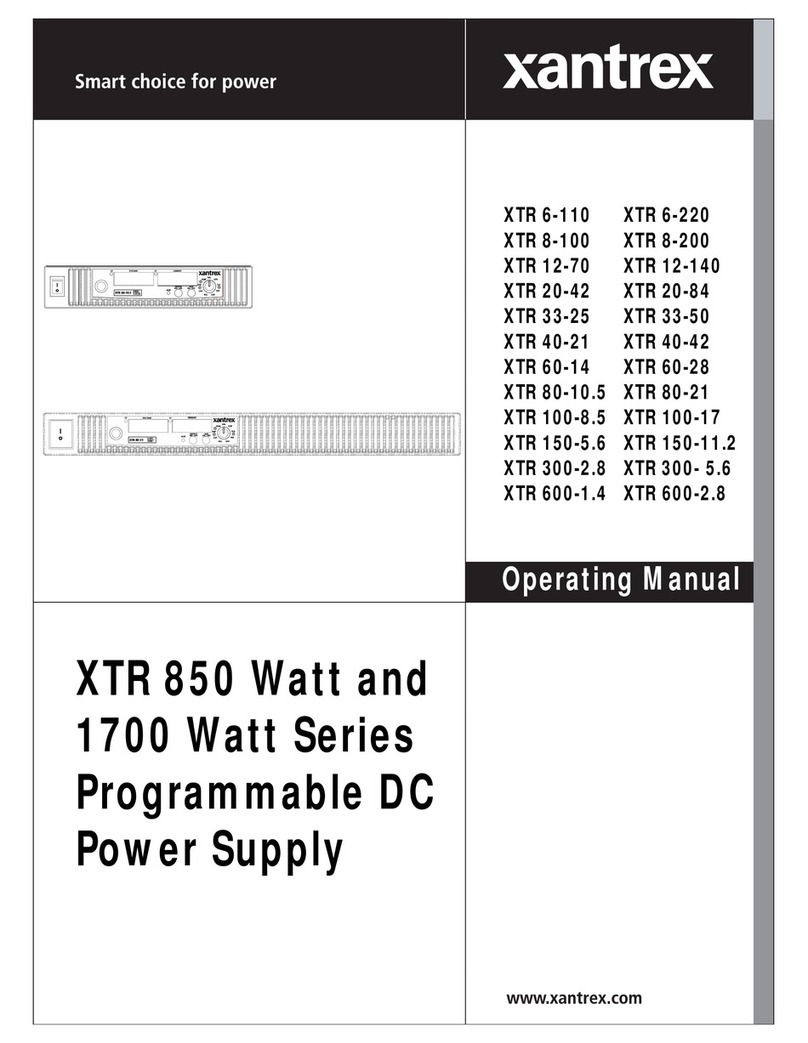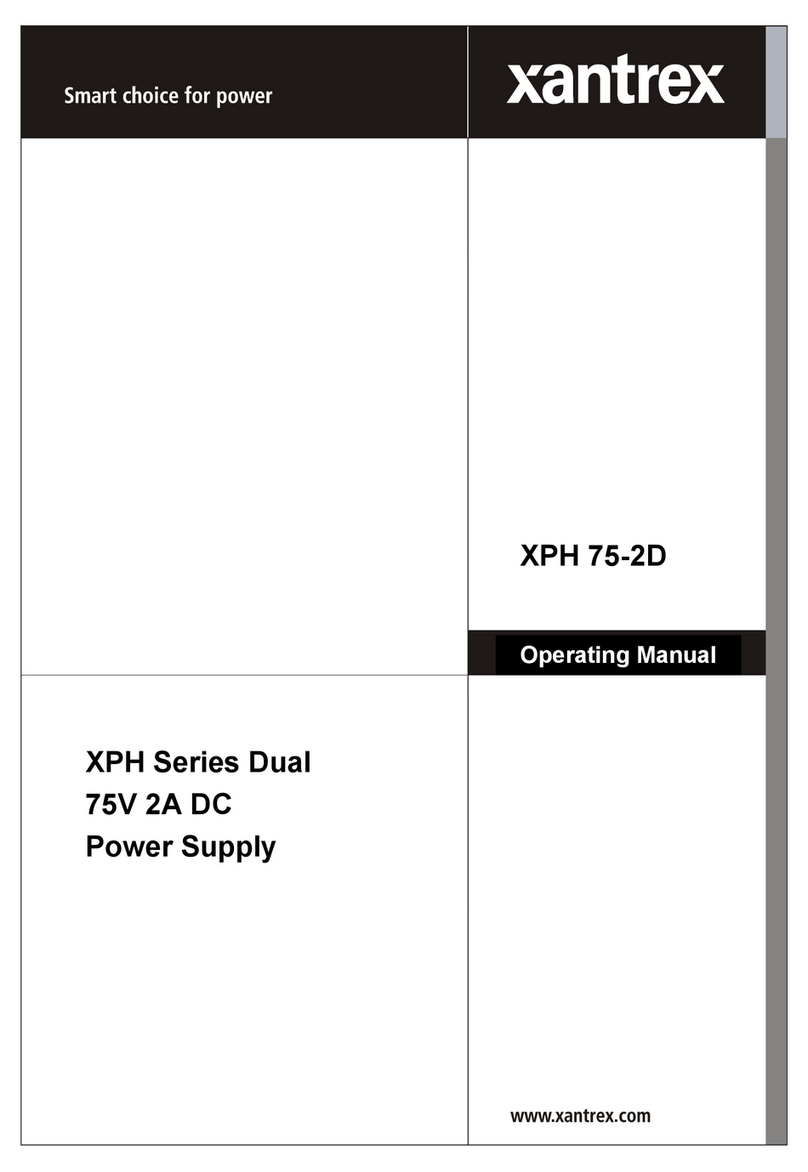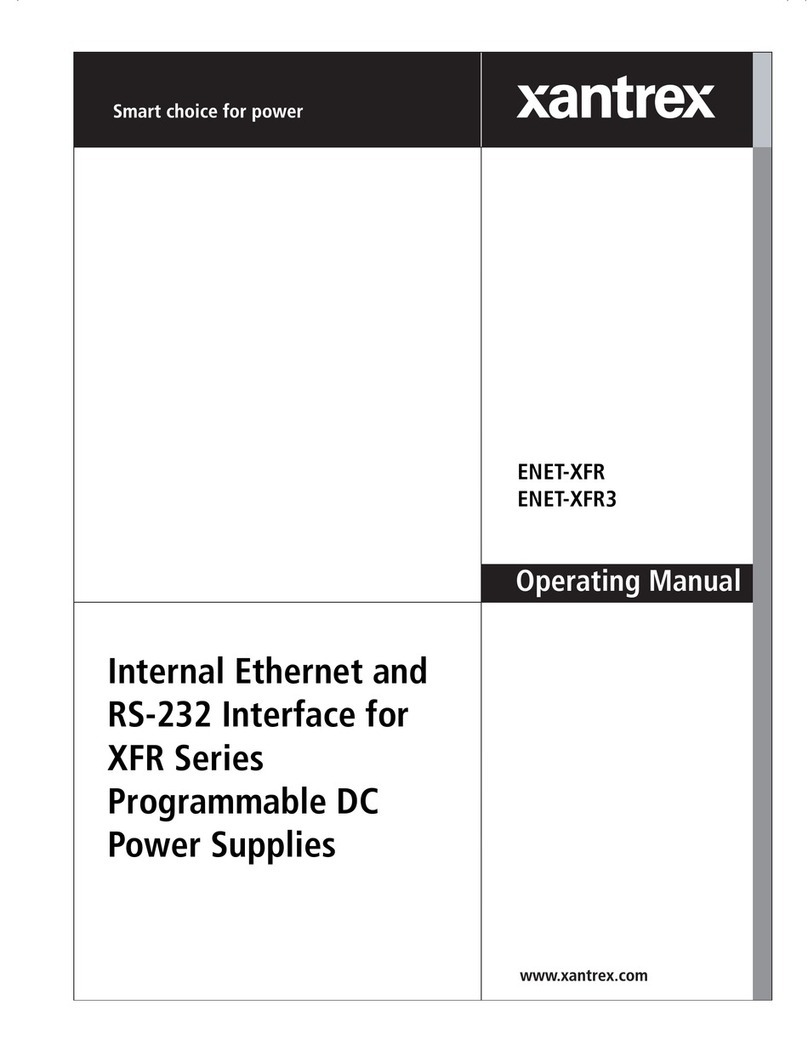Xantrex Jazz 250 User manual
Other Xantrex Power Supply manuals
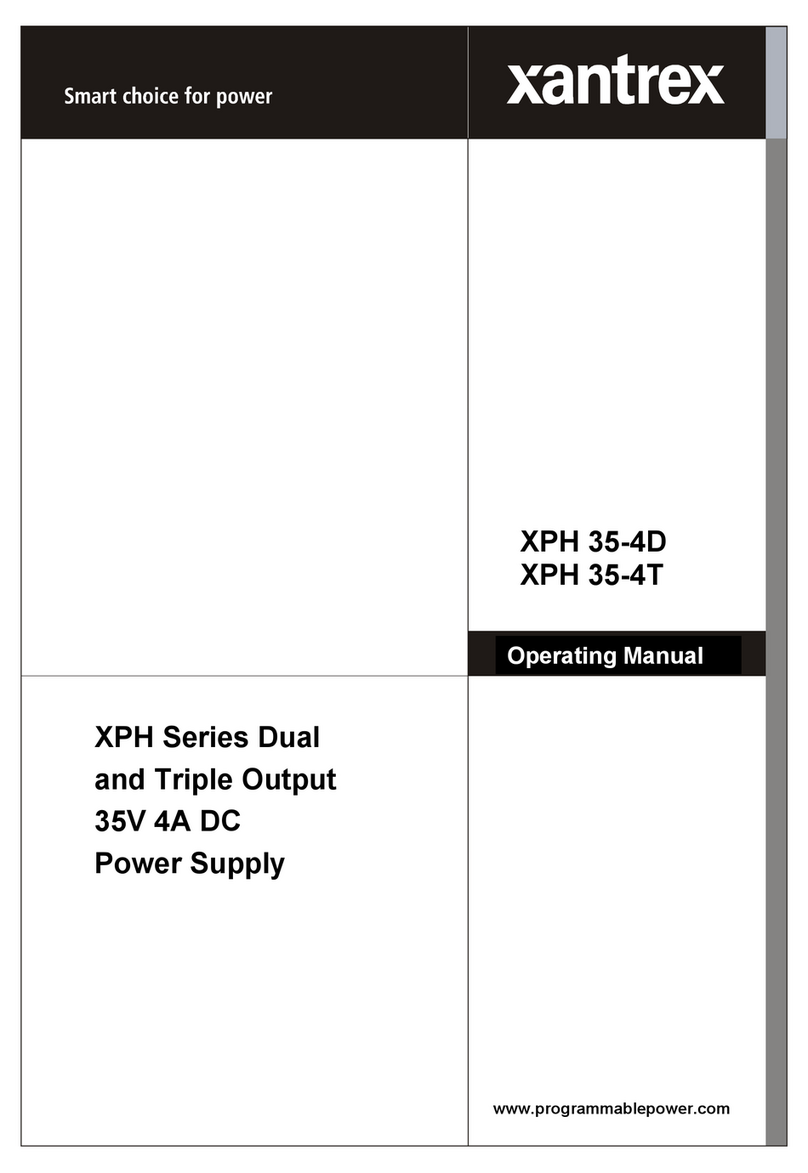
Xantrex
Xantrex XPH 35-4D User manual
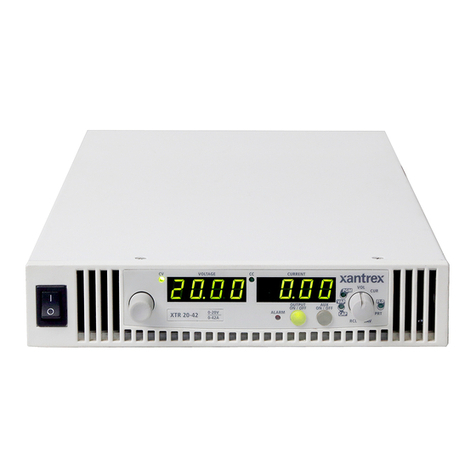
Xantrex
Xantrex XTR 850 Watt User manual
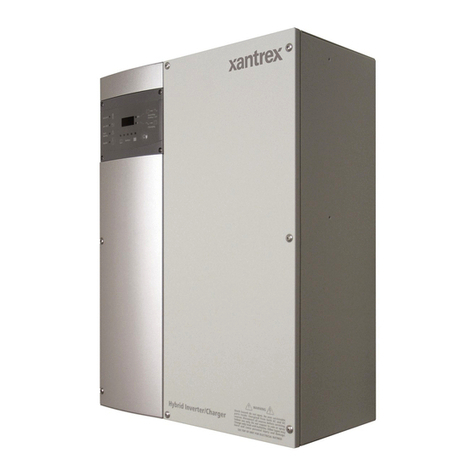
Xantrex
Xantrex XW4024-120/240-60, XW4548-120/240-60,... User manual
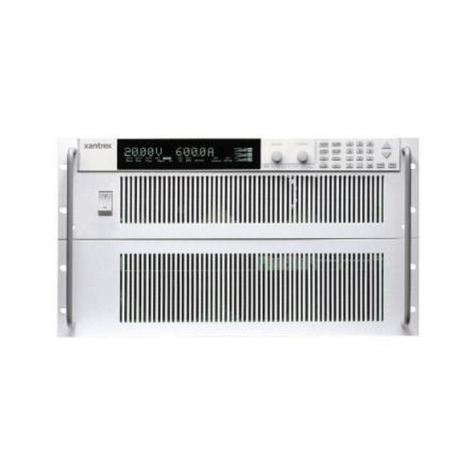
Xantrex
Xantrex TM-XDSL-01XN User manual
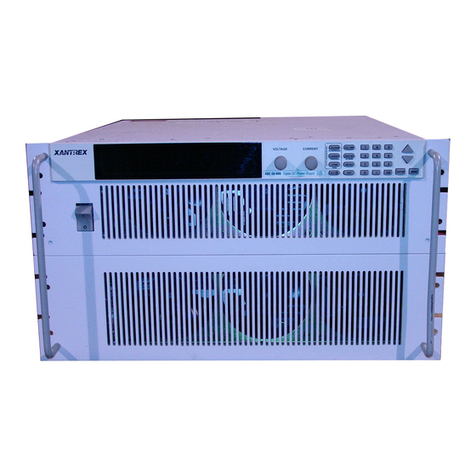
Xantrex
Xantrex XDC 600-10 User manual
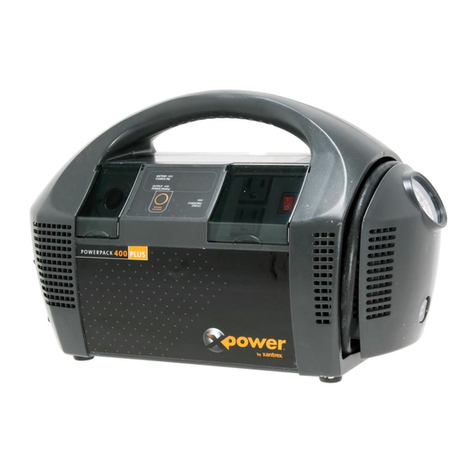
Xantrex
Xantrex XPower Powerpack 400 Plus, 400 R User manual

Xantrex
Xantrex XPH 35-5 User manual

Xantrex
Xantrex Freedom e-GEN User manual
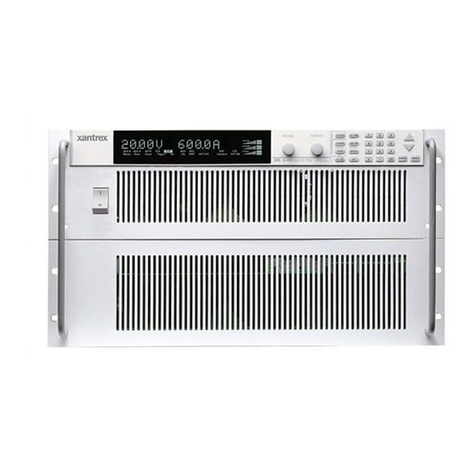
Xantrex
Xantrex XDC User manual
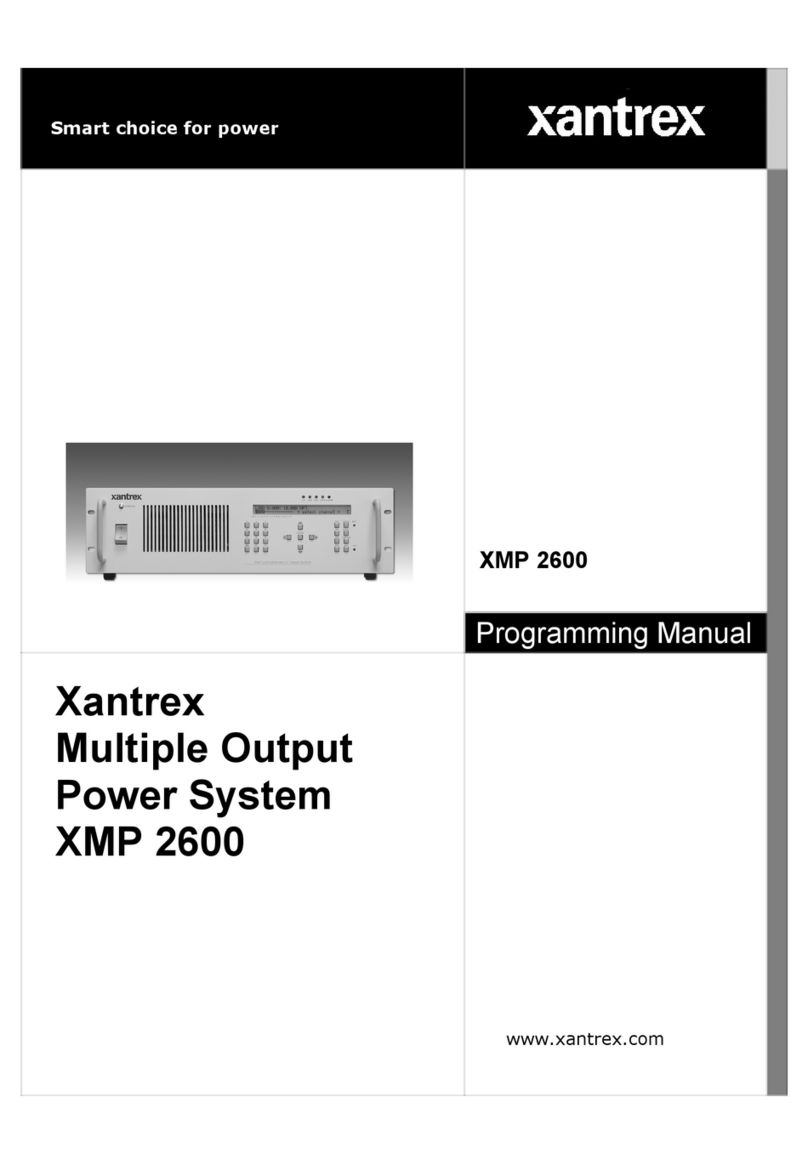
Xantrex
Xantrex XMP 2600 Owner's manual
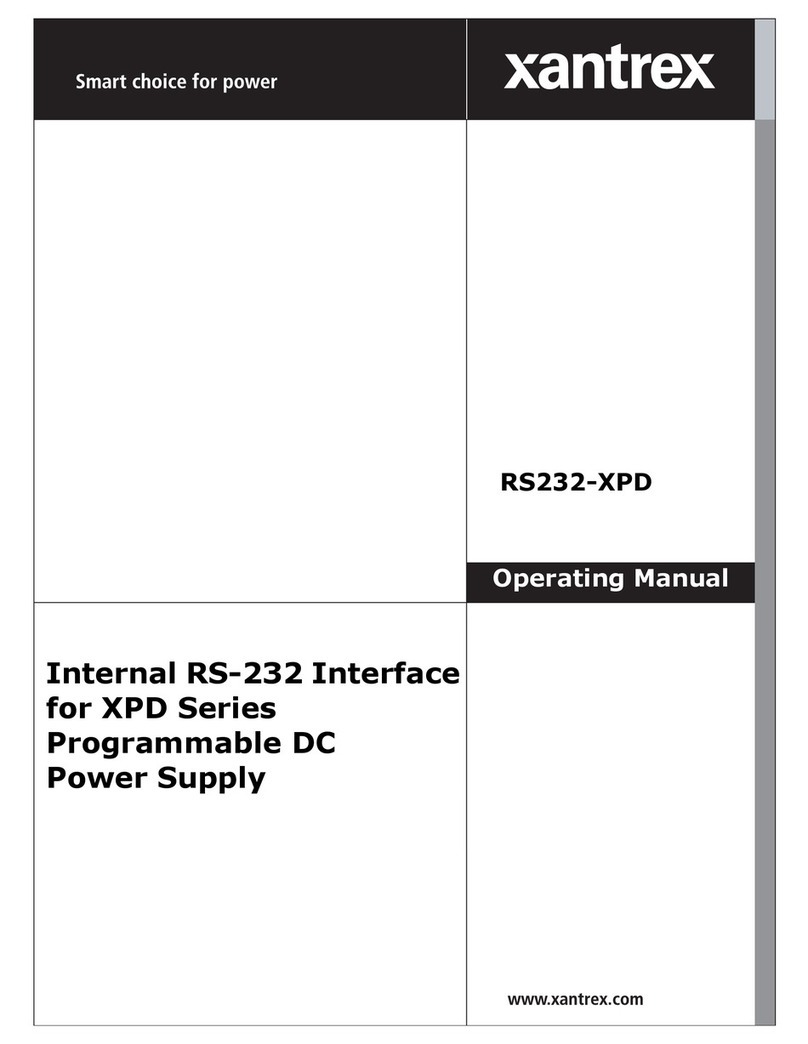
Xantrex
Xantrex RS232-XPD User manual
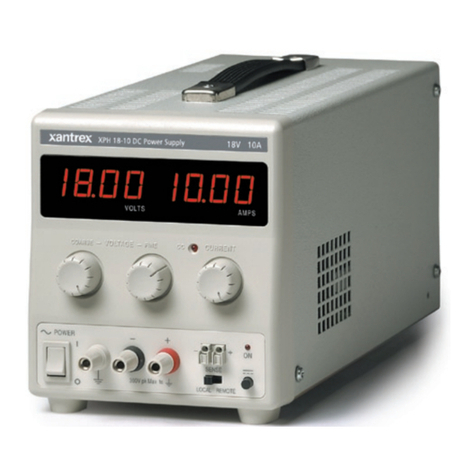
Xantrex
Xantrex 18V 10A User manual

Xantrex
Xantrex XFR 2800 User manual

Xantrex
Xantrex XKW 600-1.7 User manual
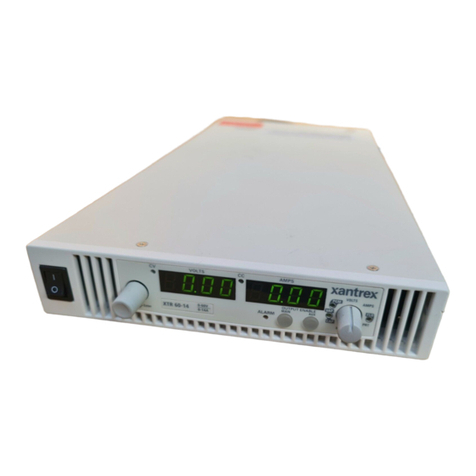
Xantrex
Xantrex XTR 33-25 User manual
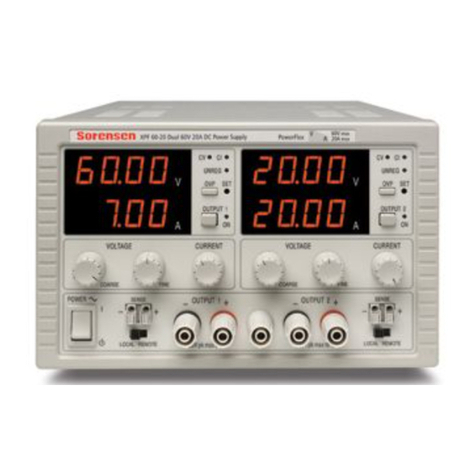
Xantrex
Xantrex XPF 60-20 User manual
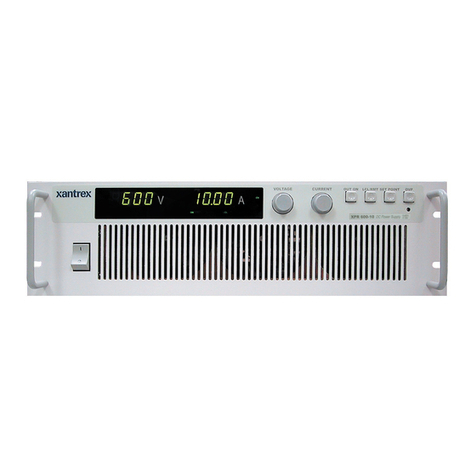
Xantrex
Xantrex XPR 10-600 User manual

Xantrex
Xantrex GPIB-XPD User manual
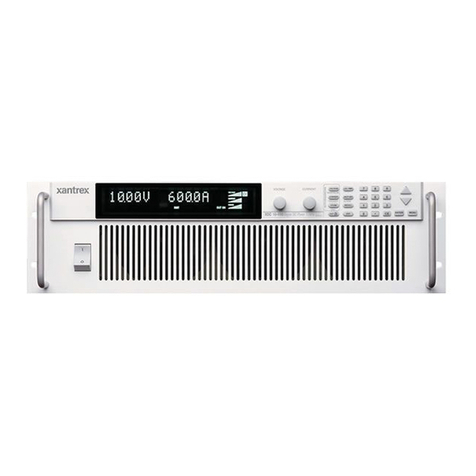
Xantrex
Xantrex XDC Series User manual

Xantrex
Xantrex 850W User manual
Popular Power Supply manuals by other brands

Videx
Videx 520MR Installation instruction

Poppstar
Poppstar 1008821 Instructions for use

TDK-Lambda
TDK-Lambda LZS-A1000-3 Installation, operation and maintenance manual

TDK-Lambda
TDK-Lambda 500A instruction manual

Calira
Calira EVS 17/07-DS/IU operating instructions

Monacor
Monacor PS-12CCD instruction manual
